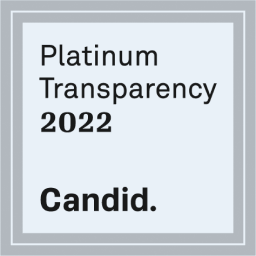River Friendly Growth: Local Successes
Maryland’s Sustainable Growth and Agricultural Preservation Act of 2012 aims to slow loss of forest and agricultural land through careful development planning.
In 2013, the Open Space Institute selected the South Branch River Watershed in West Virginia as one of only four priority conservation areas from Virginia to Maine. The Open Space Institute will provide $5.5 million in funding for local land protection initiatives in the four priority areas. Conservation efforts will preserve habitat strongholds, foster storm resilient landscapes, and improve water quality.
The Chesapeake Bay Program’s 2014 Watershed Agreement is a Bay-wide restoration plan. The plan commits to restoring 900 miles per year of riparian forest buffer until at least 70 percent of riparian areas are forested. Additionally, the plan seeks to protect two million acres of land in priority conservation areas, and track development’s impact on the loss of forest and farmland.
Frederick County (MD) has created an innovative Green Homes Challenge program that helps residents make a difference for clean water. The Challenge supports at-home conservation projects that include rain barrel installation, rain garden planting, and river-friendly lawn maintenance.
The development of the Silver Metro Line in Northern Virginia provides accessible public transportation for suburban commuters and offers potential benefits to land conservation and water quality. The Silver Line promotes growth in existing developed areas, thereby easing the pressure to build in forested and rural areas.
DC Water and Sewer Authority and EPA have partnered in the $2.6 billion Clean Rivers Project – a mandated plan to reduce nearly all combined sewer overflows (CSOs) in the Potomac River, Anacostia River, and Rock Creek. Improvements will upgrade wastewater and stormwater infrastructure, and invest in low-impact development and green infrastructure strategies.
Tysons in Fairfax County, VA has developed a detailed, city-wide smart planning project. The plans will help reduce polluted urban runoff by increasing the use of permeable pavement and rain gardens.
The District of Columbia adopted a Sustainable DC Plan in 2013 with the goal of making our nation’s capital the, “healthiest, greenest, most livable city in the nation over the next 20 years.”
Take Action for Clean Water!
Potomac Conservancy invites you to become a part of a growing and active movement of river champions. Join us and take a stand for our lands, our drinking water, our Potomac! Take Action >
Read the Full Report
Learn more about growth projections, emerging threats, and clean water solutions in your community.
2014 State of the Nation's River Report >









